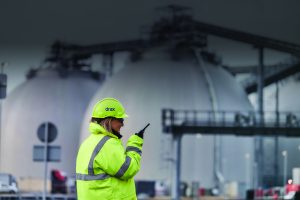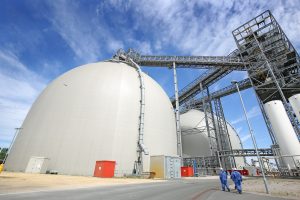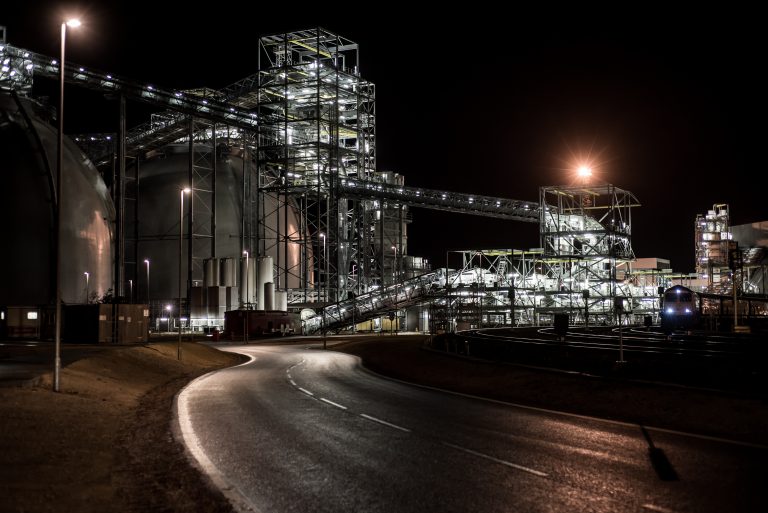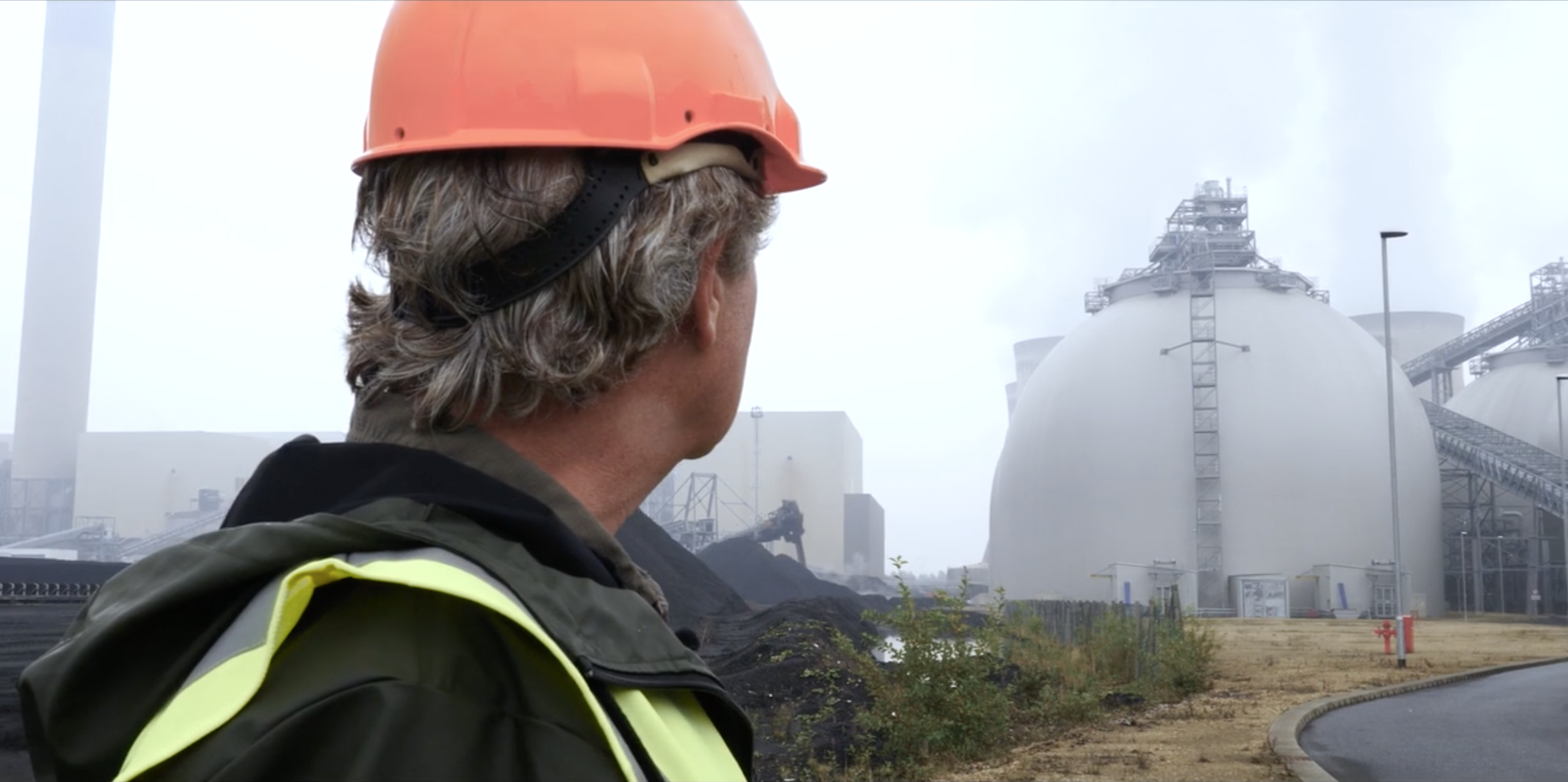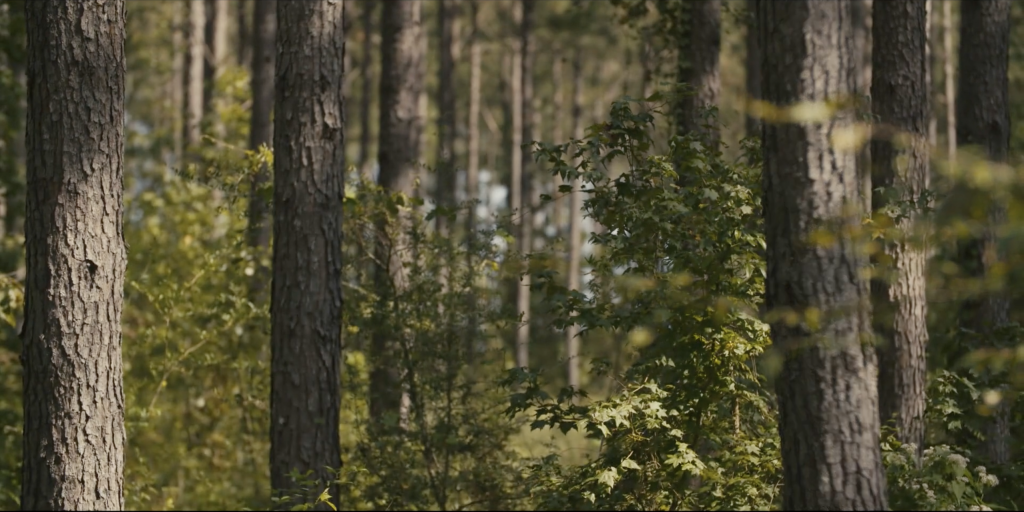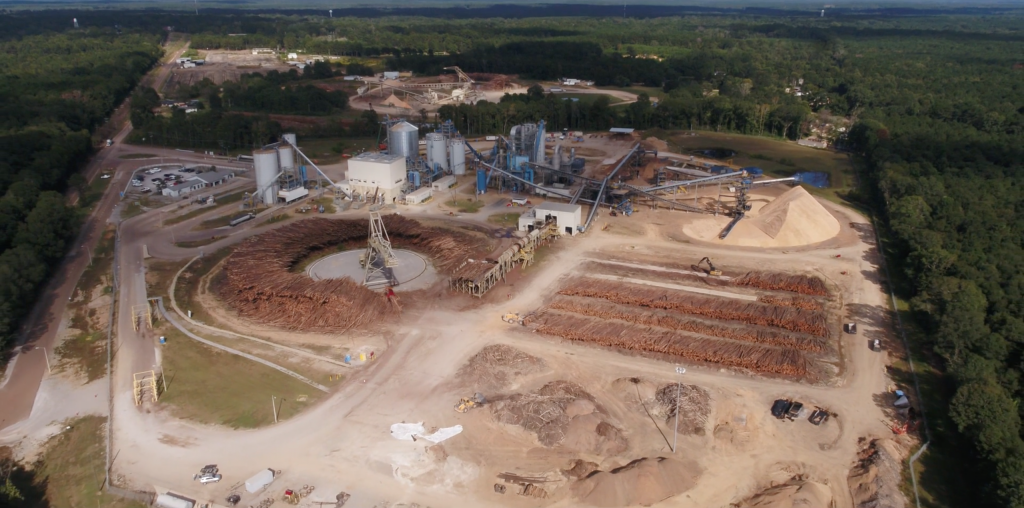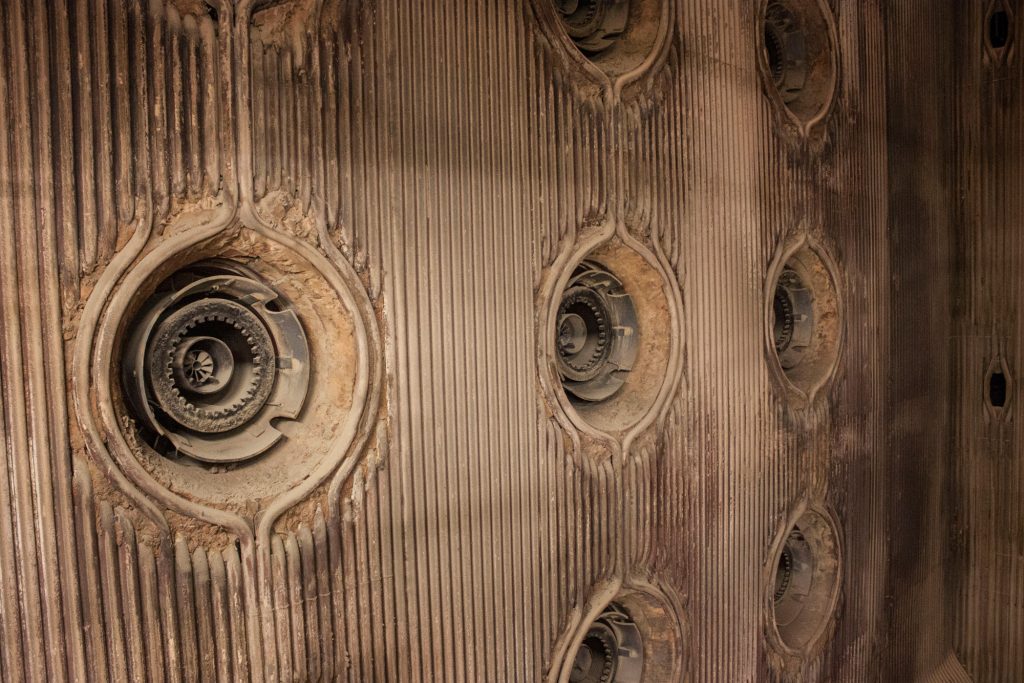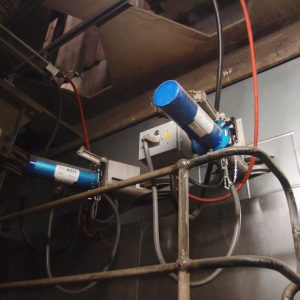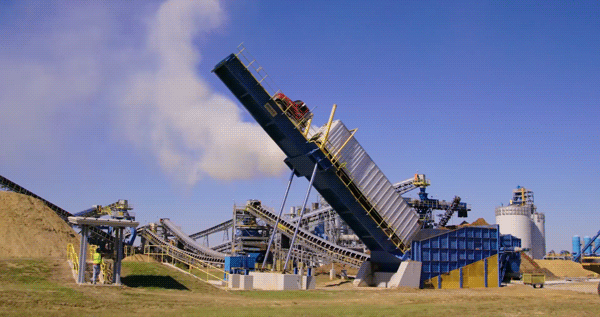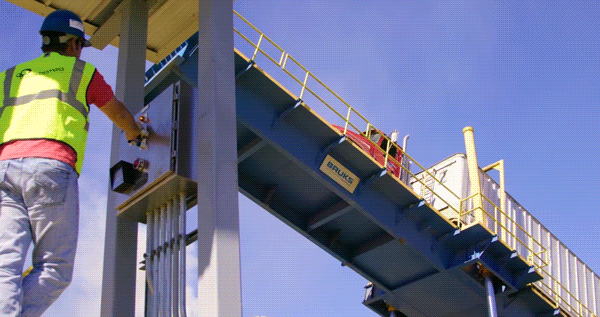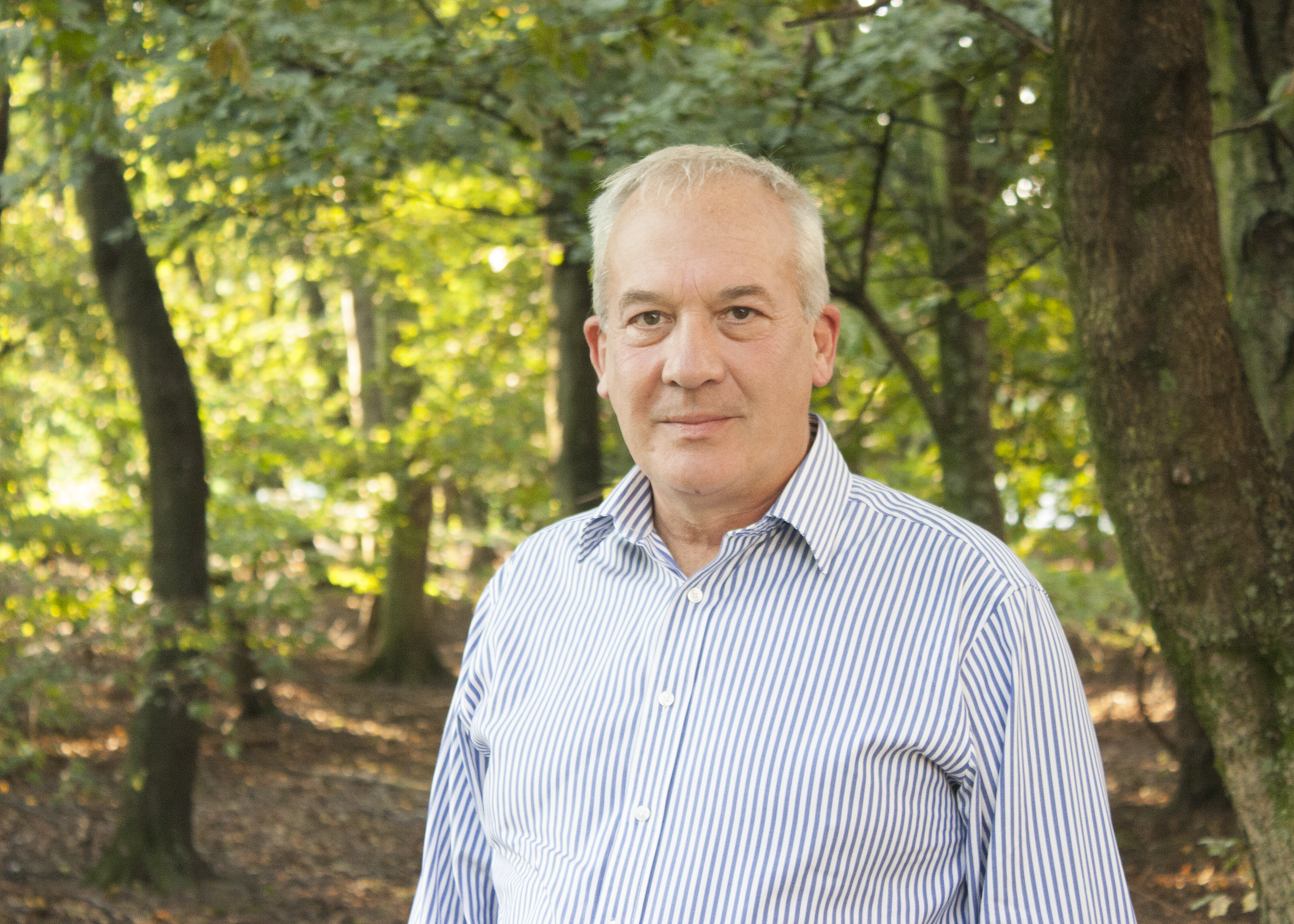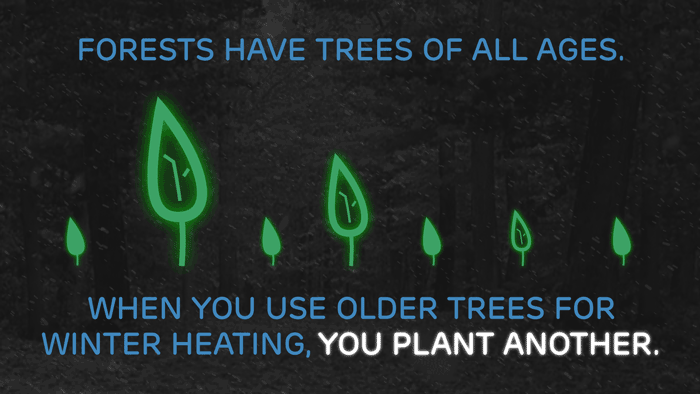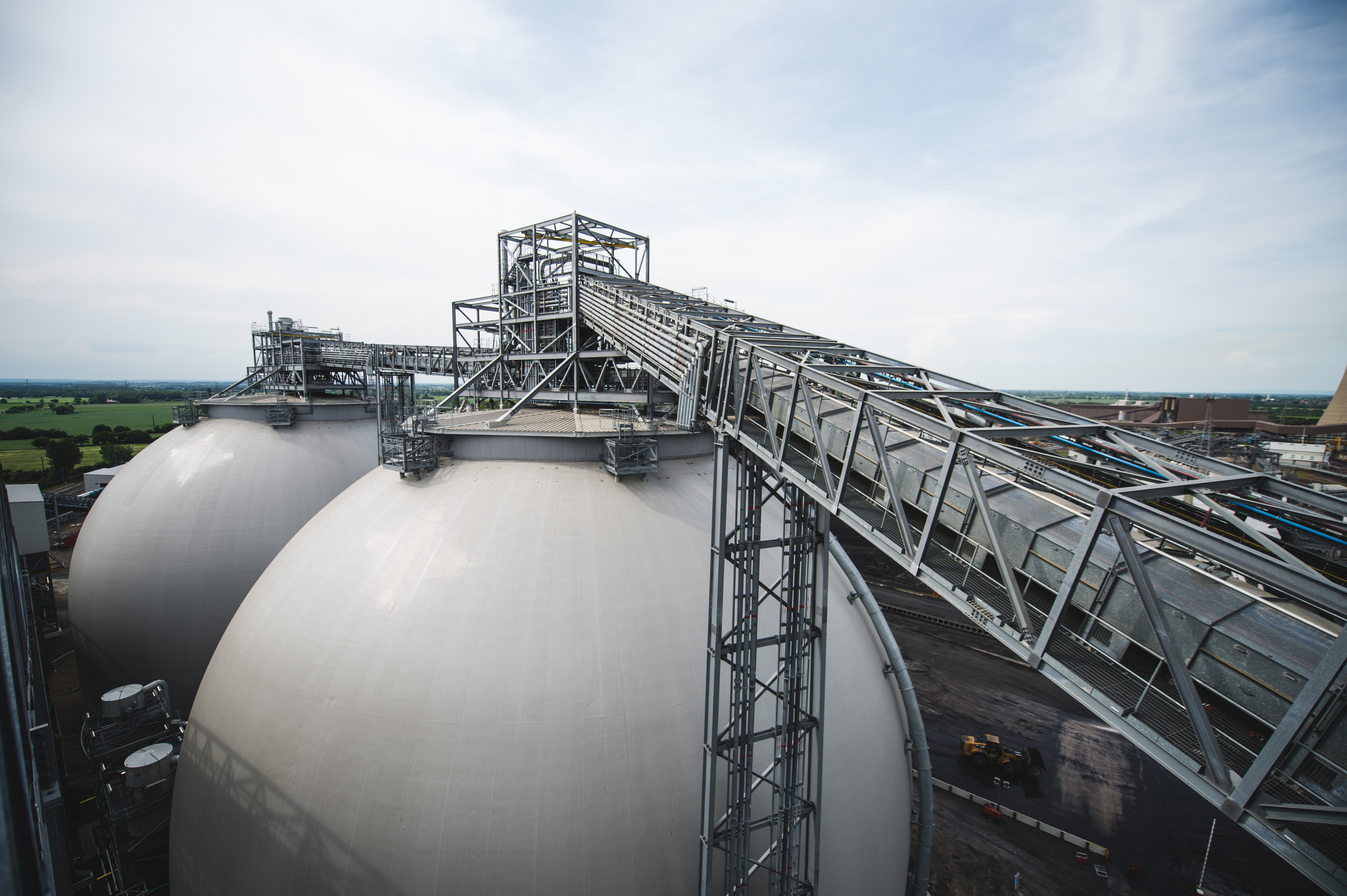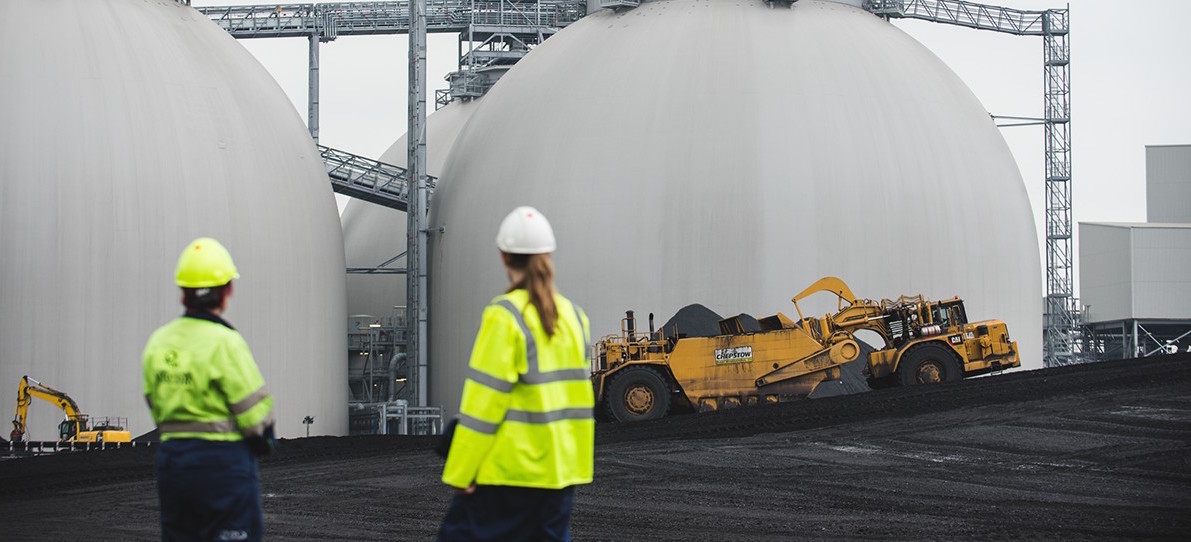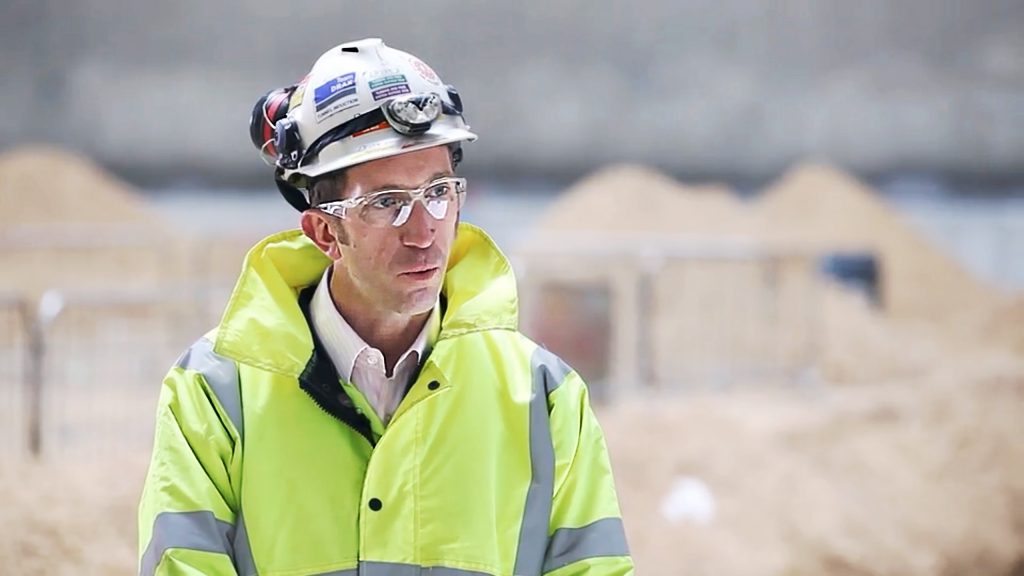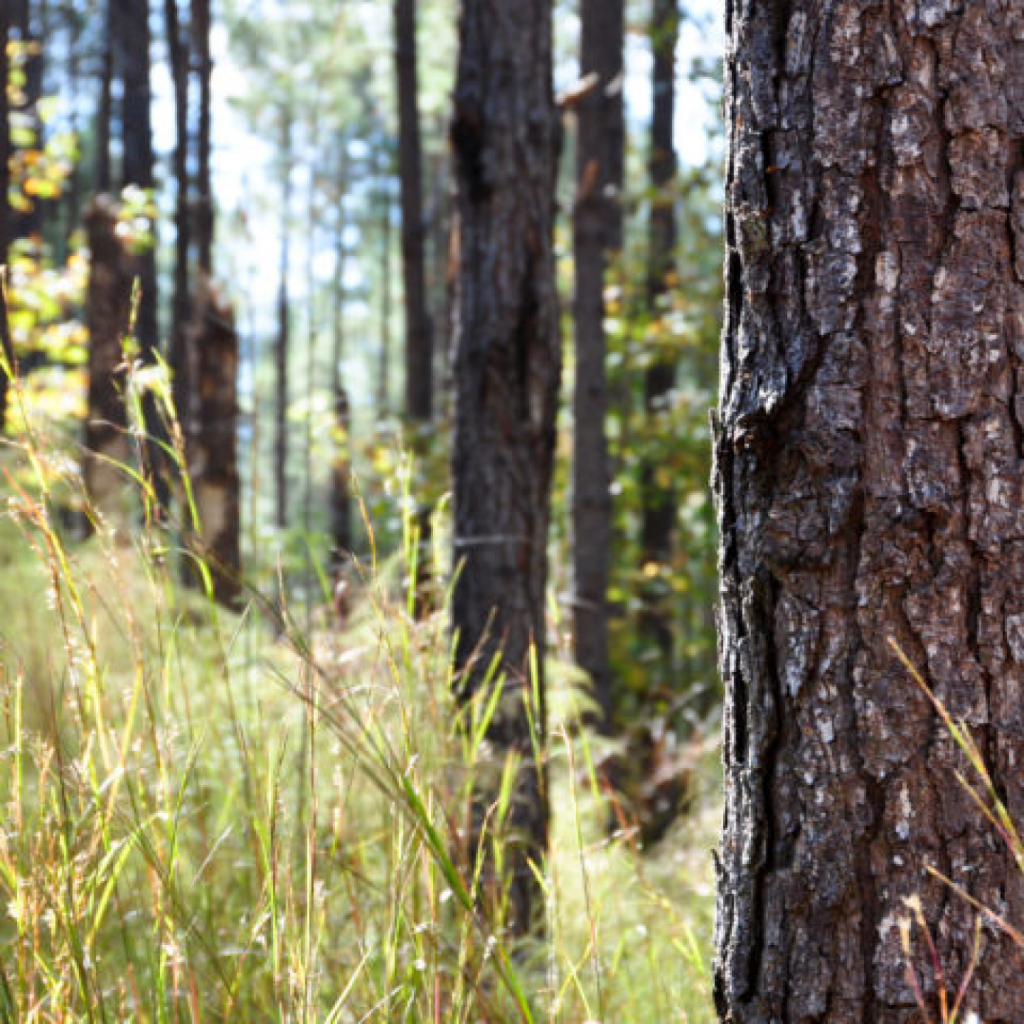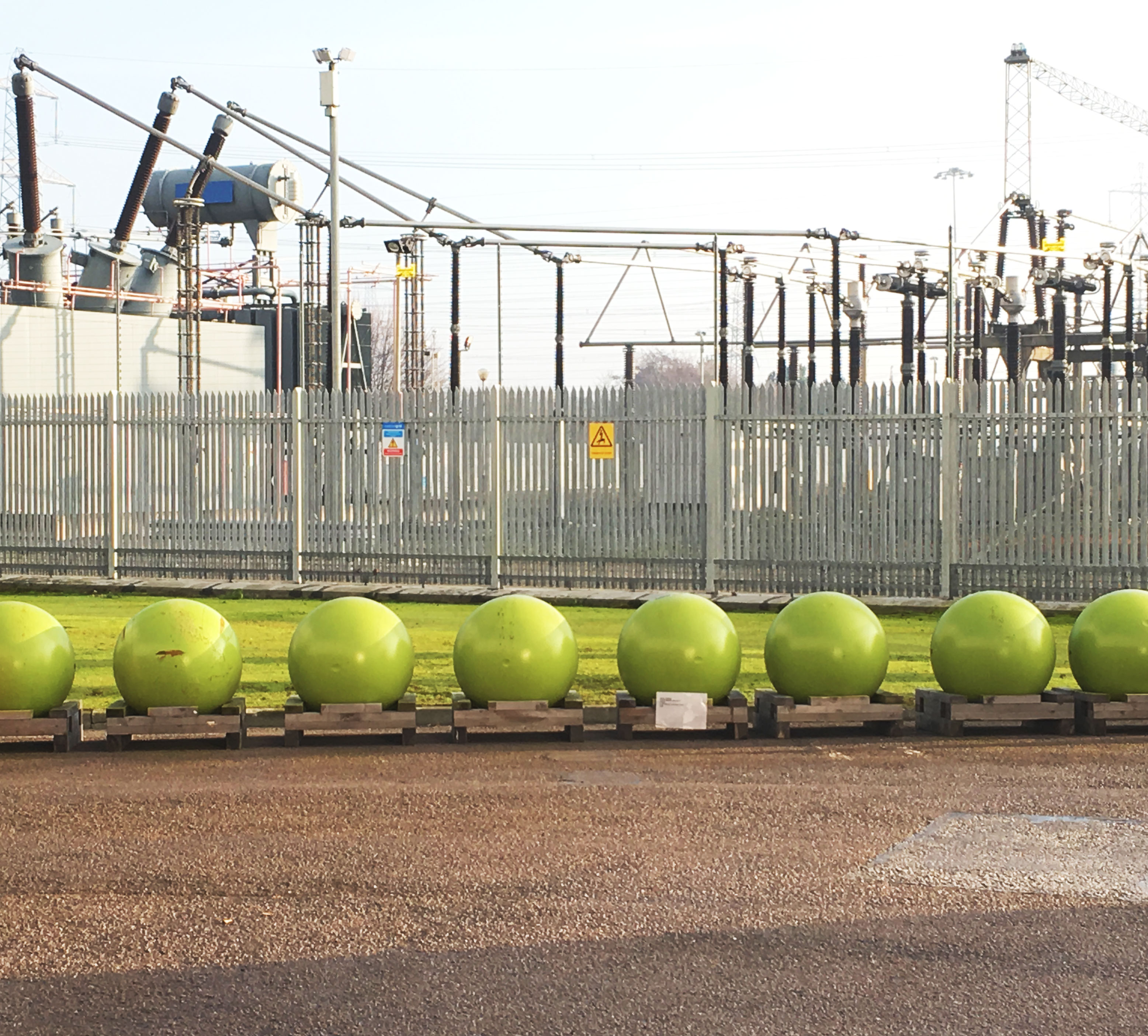
There are 600 giant balls at Drax Power Station. Each one weighs 1.2 tonnes – roughly the same as a saloon car – and is designed for one simple, but very specific, purpose: to pulverise.
Every day thousands of tonnes of biomass and coal are delivered to the power station to fuel its generators. But before this fuel can be combusted, it must be ground into a powder in pulverising mills so it burns quicker and more efficiently. It’s the giant balls that do the grinding.
And although these balls may be incredibly durable, the constant smashing, crushing and pulverising they go through on a daily basis can take its toll. Maintaining the 600 balls across the power station’s 60 mills is a vital part of keeping the plant running as effectively as possible.
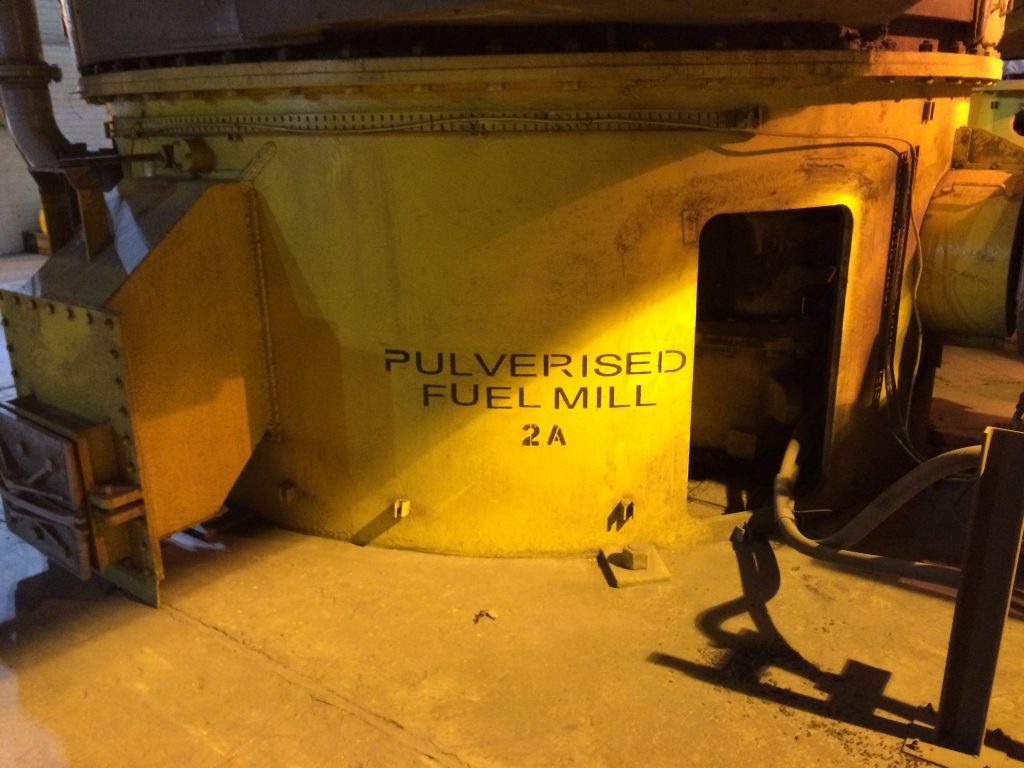
Surviving the pulveriser
Each of the six generating units at Drax (three biomass and three coal) has up to 10 mills that feed it fuel, all of which operate at extreme conditions. Inside each one, 10 metal balls rotate 37 times a minute at roughly 3 mph, exerting 80 tonnes of pressure, crushing all fuel in its path.
Air is then blasted in at 190 degrees Celsius to dry the crushed fuel and blow it into the boiler at a rate of 40 tonnes per hour. To survive these extremities, the balls must be tough.
Drax works with a local foundry in Scunthorpe, Lincolnshire to manufacture them. First, they are cast as hollow orbs of nickel steel or chrome iron and then smoothed to within one millimetre of being perfectly spherical.
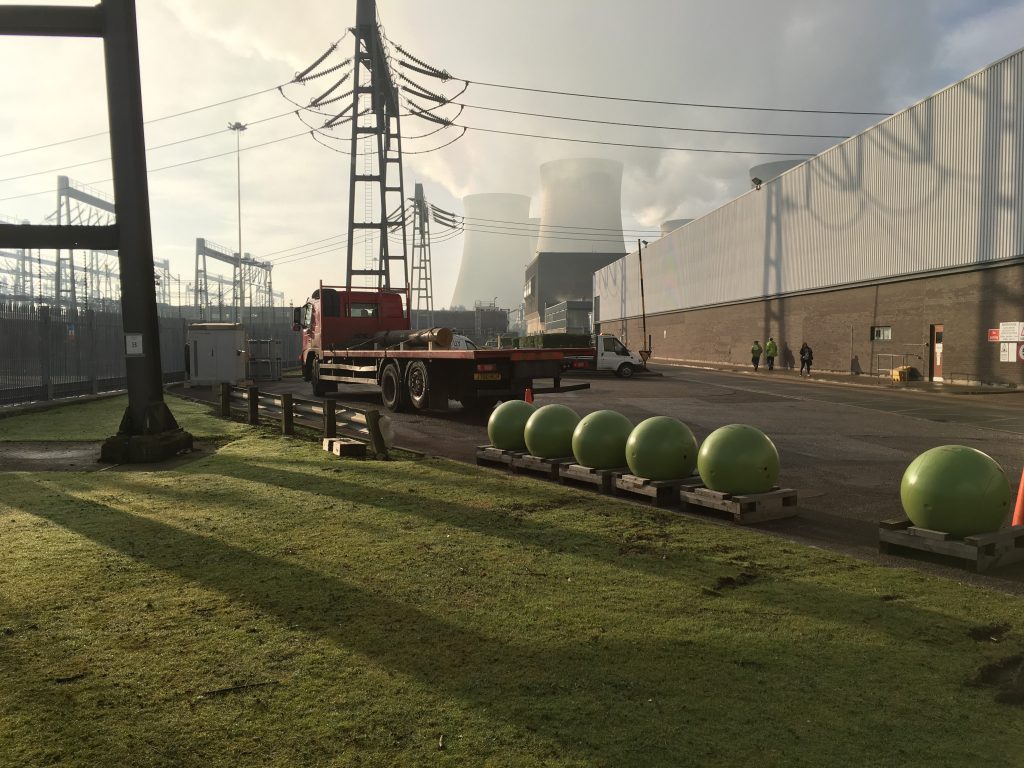
After 8,000 hours of use, engineers check how rapidly they’re wearing down by measuring their thickness using ultrasound equipment and, if deemed to be too thin (which usually occurs after about 50,000 hours of use), replace them.
For this, they must first remove the top of the mill – including the grinding top ring – and then individually lift out and replace each massive ball. Those that are removed are typically shipped back to Scunthorpe to be recycled.
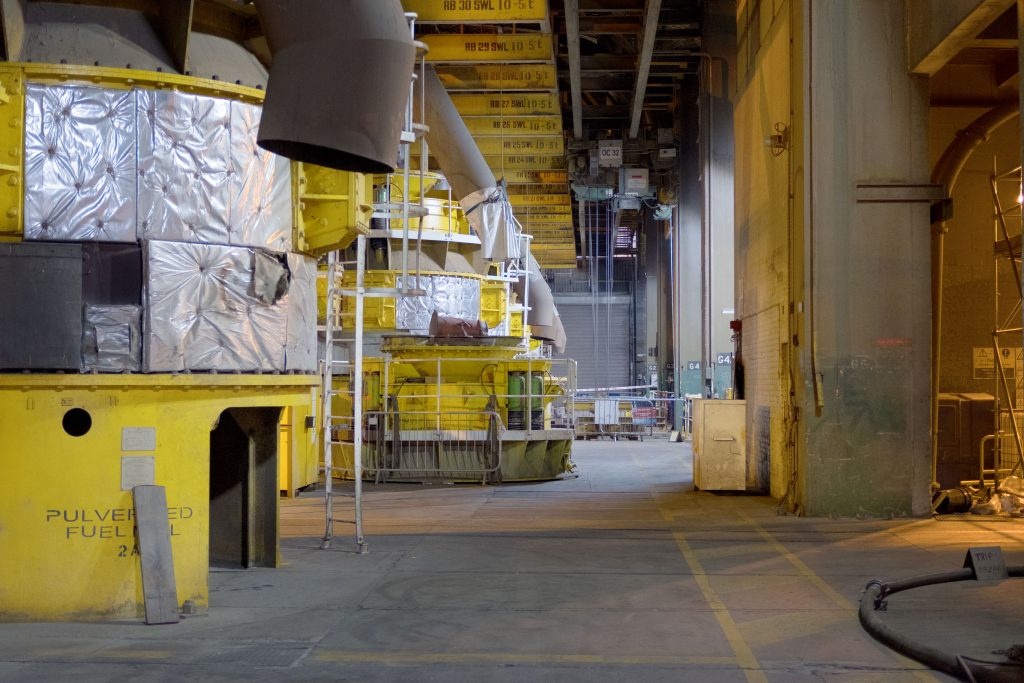
Transforming for a decarbonised future
When Drax Power Station was first built in the 1970s, the mills were designed to only crush coal, but since it was upgraded to run primarily on biomass, in the form of sustainable wood pellets, they have been adapted to work with the new fuel.
For the most part, this requires only minor changes – the primary difference is that coal is harder to fully pulverise. Coal typically does not get entirely ground down in the first cycle, so a classifier is needed in the mill to separate the heavier particles and recirculate them for further grinding.
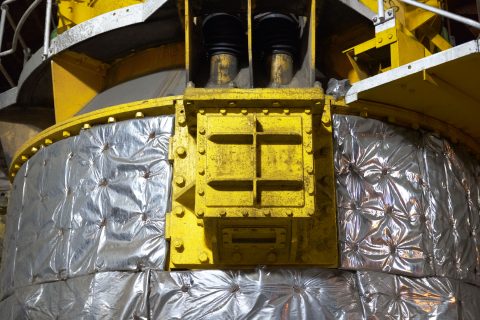
The process of switching one mill from biomass to coal takes about seven days and nights. This work was carried out on Unit 4’s mills ahead of this winter, following biomass trials in the spring and summer of 2017. Now that the decision has been made to permanently upgrade that fourth power generation unit, converting one of its 10 mills from coal to biomass later in 2018 will take about twice as long.
Using the same essential equipment and process for both fuels helps to quicken the pace of decarbonisation at Drax Power Station as the UK moves to end the production of unabated coal-fired electricity by 2025. Come seven years from now, one thing will remain consistent at the huge site near Selby, North Yorkshire: the giant pulveriser mills will continue their tireless, heavy-duty work.



